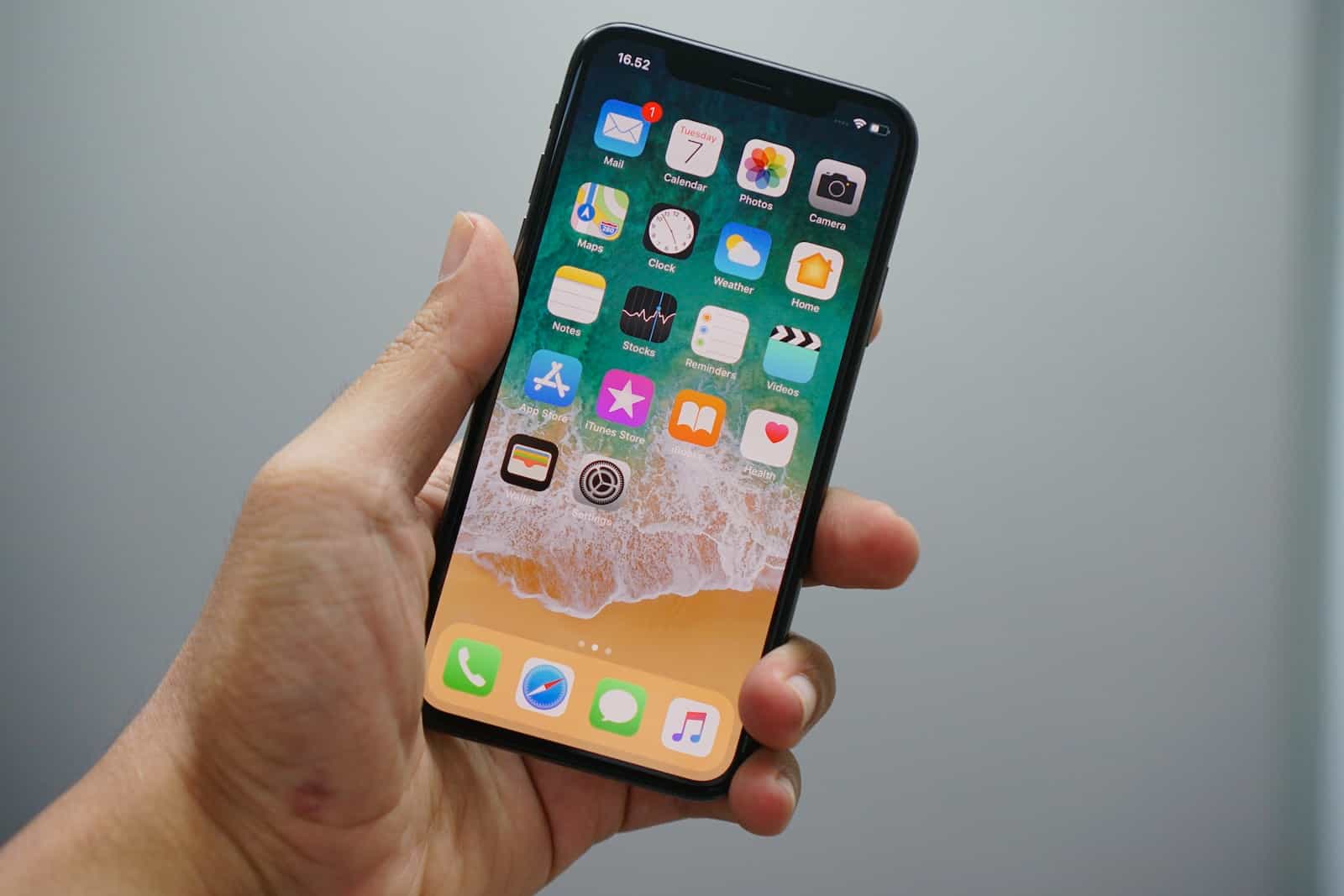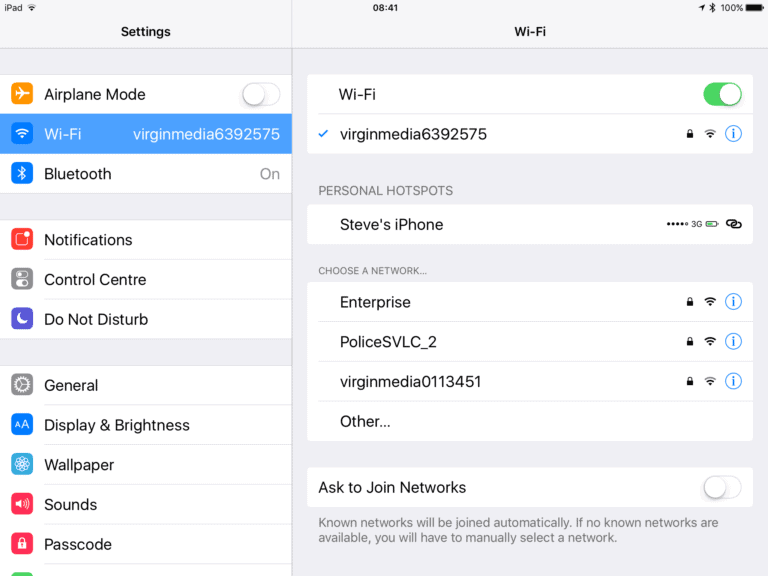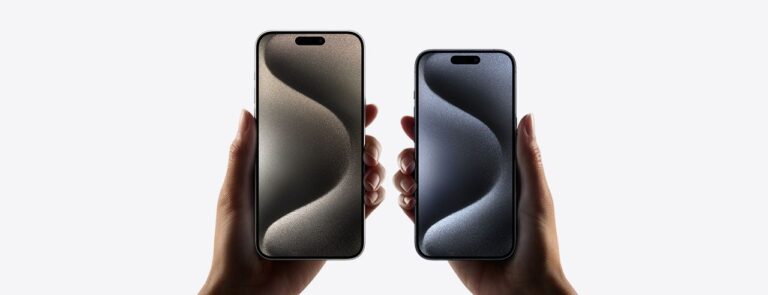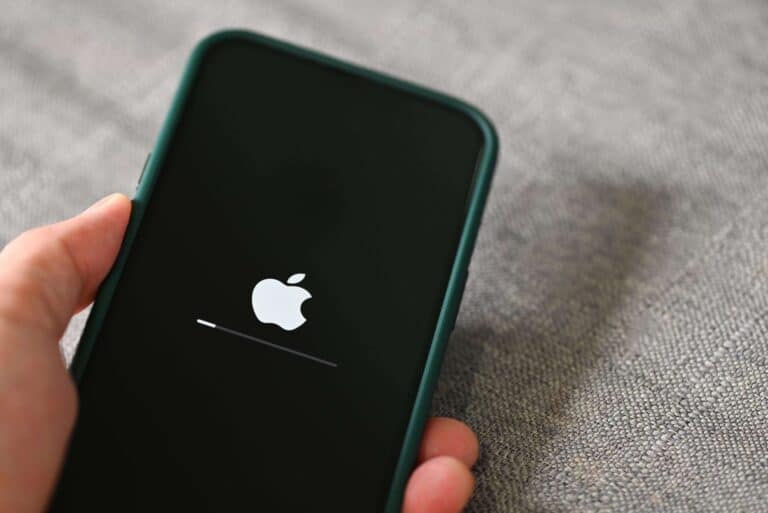The iPhone is a versatile electronic device functioning as a mobile phone, camera, and pocket computer. First introduced in 2007, it features a user-friendly interface and incorporates various functions appealing to a broad demographic. Operating on iOS, Apple’s exclusive operating system, the iPhone has undergone several advancements, consistently integrating new features and enhancements with each model.
Through a commitment to innovation, iPhones offer diverse technical specifications to meet the needs of different users, providing a simple interface for communication and advanced camera systems for photography enthusiasts. Regular iOS updates ensure users can access the latest applications and security measures.
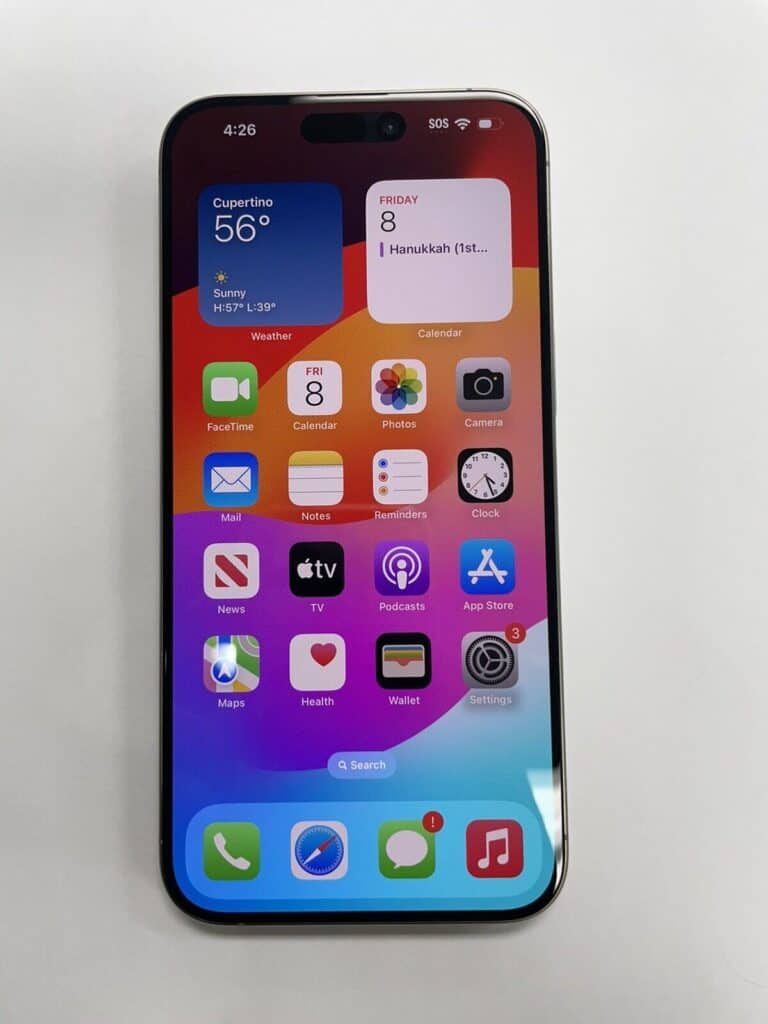
Understanding the Iconic Smartphone
The iPhone is a popular line of smartphones created by Apple Inc. Known for its sleek design, intuitive interface, and vast collection of apps, it has revolutionized the way we communicate and interact with technology. Let’s break down the key features that make iPhones stand out:
Design and Build
- Premium Look and Feel: iPhones are crafted with high-quality materials like aluminum and glass, giving them a premium look and satisfying heft.
- Touchscreen Dominance: They feature smooth, responsive touchscreens as the primary method of interaction.
- Iconic Home Button (Older Models): Older iPhone models have a physical Home button for navigating apps and returning to the home screen.
- Notch and Face ID: Newer iPhones have a recognizable “notch” on the display housing the front-facing camera and the Face ID facial recognition security system.
Operating System (iOS)
- Intuitive Interface: iOS is designed to be easy to use, featuring clear icons and straightforward navigation.
- Regular Updates: Apple consistently delivers updates to iOS, offering new features, security enhancements, and performance improvements.
- App Store: The App Store provides access to millions of apps for games, productivity, entertainment, and more.
Features
- High-Quality Cameras: iPhones are known for photo and video capabilities, offering advanced features like night mode, portrait mode, and optical image stabilization.
- Powerful Processor: iPhones boast Apple-designed processors, known for their speed and efficiency. This ensures apps and games run smoothly.
- Apple Ecosystem Integration: Connects seamlessly with other Apple devices and services like iPads, Macs, AirPods, iCloud, and more.
iPhone Models
Apple offers a range of iPhone models to fit different needs and budgets:
| Model Type | General Description |
|---|---|
| Flagship iPhone | Released every year, has the newest features and most powerful processor. |
| iPhone Plus | Larger screen version of the flagship model. |
| iPhone SE | More affordable model with smaller screen and classic Home button design. |
Key Takeaways
- The iPhone is an integrated device that combines a computer, digital camera, and mobile phone.
- It runs on iOS and has seen regular updates and new models since its 2007 introduction.
- iPhones come with a range of specifications to meet diverse needs and preferences.
Overview of the iPhone
The iPhone blends technology with simplicity. Apple Inc.’s flagship product combines a computer, camera, music player, and phone in one.
History and Evolution
The iPhone made its debut in 2007. Steve Jobs revealed it, showing the world a new way to communicate and access information. Over the years, Apple has released new models and iOS updates at a steady pace. Customers saw improvements in speed, capacity, and features. Each year brought a fresh version.
Design Philosophy
Apple designs with a focus on aesthetics and function. iPhones have sleek lines and a user-friendly approach. The materials, from glass to aluminum, serve both looks and durability. Each model aims to be better, without sacrificing style or ease of use.
User Interface
Ease of use is key for iPhone’s interface. The touchscreen changed how people interact with phones. Icons are large and text is readable. Users enjoy a clean layout and intuitive controls. The iPhone strives to make complex tasks simple.
Technology should assist, not confuse. The iPhone reflects this through every swipe and tap.
Technical Specifications
The iPhone embodies sophisticated technology with a host of advanced features. It’s important for users to understand the technical aspects to make the most out of their device.
Hardware Components
The iPhone boasts high-performance hardware including the latest custom-designed chips like the A14 Bionic found in the iPhone 12 series. Storage capacities vary, typically starting at 64GB and can go as high as 512GB or 1TB in newer models. The device also features a durable build with materials such as Ceramic Shield glass and aerospace-grade aluminum or stainless steel for the frame.
- Processor: A-series Bionic chip
- Storage Options: 64GB, 128GB, 256GB, 512GB, 1TB
- Build: Ceramic Shield, aluminum, or stainless steel
Software and Operating System
iPhones run on iOS, Apple’s exclusive mobile operating system, providing a seamless user experience. Regular updates to iOS deliver new features, security enhancements, and interface improvements. The iPhone 13, for instance, shipped with iOS 15, which included new privacy controls and the ability to video call with FaceTime.
- Operating System: iOS with frequent updates
- User Interface: Intuitive with accessibility options
Camera and Multimedia
An iPhone’s camera system supports both casual and serious photography with features like Night mode and ProRes video recording. For instance, the iPhone 13 Pro sports a triple-camera setup with a macro photography capability and cinematic video recording. Apple incorporates both hardware and software to enhance photo and video quality.
- Camera Setup: Dual or Triple-camera systems
- Special Features: Night mode, 4K video recording, ProRes video
Each new iPhone version brings with it enhancements in these technical specifications, ensuring users have access to the latest advances in mobile technology.
Frequently Asked Questions
The frequently asked questions (FAQs) section helps iPhone users understand their devices better. Here, key queries are addressed to aid in comprehension and usage.
What are the primary functions of an iPhone?
An iPhone serves as a phone, camera, and portable media player. It allows users to communicate, capture photos, and enjoy music and videos.
How does the pricing of iPhones typically range?
iPhone prices vary widely. They can start from a few hundred dollars and increase based on storage capacity and features.
In what ways do iPhone models differ from each other?
iPhone models differ in size, camera quality, processing power, and battery life. Newer models usually offer improved performance and additional features.
What distinctive features does an iPhone offer?
iPhones offer a user-friendly interface, high-quality cameras, and access to a vast selection of apps. They also provide security features like Face ID.
How does an iPhone compare to other smartphones?
iPhones are known for their seamless integration with other Apple products. They also have a reputation for strong security and regular software updates.
What distinguishes an iPhone from Android devices?
iPhones run on Apple’s iOS, which is different from Android’s operating system. They often receive software updates more consistently than Android devices.

